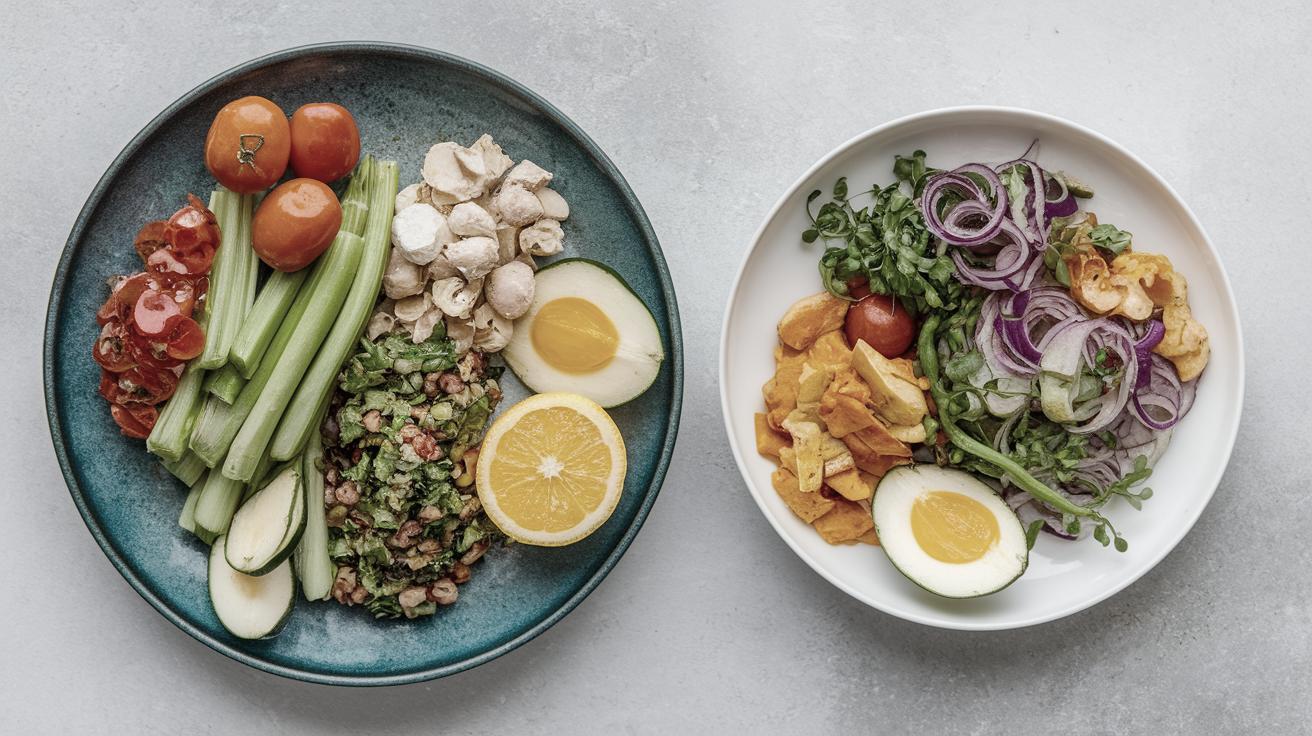The Secrets of Molecular Gastronomy: Unveiling Culinary Innovation
Molecular gastronomy has emerged as a groundbreaking fusion of science and culinary artistry, revolutionizing the way we perceive food. By dissecting traditional dishes into their core components, this culinary field reimagines taste, texture, and presentation. This article delves into the secrets of molecular gastronomy, offering an insight into the step-by-step instructions for creating these spectacular dishes, processes descriptions that define this discipline, and the essential safety precautions to consider. Whether you’re a seasoned chef or an enthusiastic foodie, understanding the principles behind molecular gastronomy can elevate your culinary repertoire and offer a glimpse into the future of cooking.
Step-by-step instructions
Embarking on a molecular gastronomy journey begins with understanding the core techniques that redefine user interaction with food. Begin with spherification, an eye-opening technique that involves creating caviar-like beads or liquid spheres. The process starts by blending a flavorful liquid—such as fruit juice or a savory broth—with sodium alginate, a food-safe ingredient derived from brown algae. As you drop this mixture into a calcium chloride bath, the liquid’s outer layer instantly gels, creating delicate spheres that burst with flavor.
Another intriguing technique is the foam creation that’s often used to add a unique texture and visual effect to dishes. Utilize soy lecithin to transform liquids into airy foams, perfect for topping on savory or sweet culinary creations. By blending together a flavorful liquid with lecithin and using an immersion blender, you create a light foam that adds a stunning visual appeal while enriching the dish’s flavor profile. Each method requires precision and practice, but with patience, it becomes a thrilling addition to your cooking skills.
Processes description
Molecular gastronomy encompasses various processes serving different purposes, from taste enhancement to artistic presentation. Spherification, as mentioned, is about turning liquids into spheres, creating a tantalizing burst of flavor upon consumption. This process capitalizes on the interaction between sodium alginate and calcium ions, forming a gel-like skin around liquid centers. Such innovations give chefs the ability to create pearls of diverse flavors, from cocktail spheres to olive oil caviar, that distinguish a dish’s complexity.
Emulsification is another vital process used extensively across molecular gastronomy. This technique achieves the perfect harmony between immiscible liquids like oil and water, creating creamy textures without traditional dairy. It involves the use of emulsifiers like lecithin, enabling the creation of vinaigrettes that don’t separate or creamed soups with smooth and stable consistencies. These processes not only elevate dishes but expand the possibilities of culinary creation, bridging a gap between traditional methods and innovative gastronomy.
Safety precautions
The innovative edge of molecular gastronomy requires strict adherence to safety protocols. As with any culinary practice involving specialized chemicals, understanding proper handling is a priority. When working with spherification or emulsification agents, ensure all ingredients are food grade and sourced from reputable suppliers. Labels should be checked for any additives that might not be intended for culinary use, ensuring the safety and quality of the final product.
Moreover, handle all chemicals and specialized equipment with precision. Protective gear such as gloves and eyewear should be worn when handling reactive substances like liquid nitrogen or calcium chloride to prevent injuries from accidental exposure. Employ a stable work surface and work in a well-ventilated area to minimize inhalation risks associated with certain fine powders or vapor-producing techniques. Familiarizing yourself with each ingredient’s properties and best practices ensures a safe, enjoyable molecular gastronomy experience.
Step-by-step instructions
To successfully execute molecular gastronomy at home or in a professional kitchen, begin with organizing your workspace and gathering all necessary ingredients and equipment. This preparation ensures a smooth workflow, allowing you to focus on the precision required. Start by carefully measuring your liquids and spherification agents, using digital scales for accuracy.
Follow a step-by-step guide for each technique, ensuring consistent results. For instance, when creating spheres, maintain a steady drip into the calcium chloride bath to form uniform beads. Equally, when attempting foaming, repeat the blending process as needed, ensuring consistent texture and presentation. Remember, practice and patience are key: experimenting with small batches allows you to perfect your skills without wasting ingredients.
Processes description
Beyond spherification and emulsification, molecular gastronomy also delves into the realms of gelification and encapsulation, expanding culinary boundaries. Gelification transforms liquids into semi-solid structures, adding a unique textural element. Agar agar, a common gelling agent, is dissolved into a flavorful liquid, then molded and cooled, resulting in an eye-catching and flavorful addition to your dishes.
Encapsulation, meanwhile, can be used to entrap flavors within protective shells, offering a burst of flavor at the moment of consumption. This method is ideal for capturing volatile fragrances and delicate essences that would otherwise evaporate or degrade. Through encapsulation, molecular gastronomy not only alters the sensory perception of food but integrates a narrative element into dining, enabling chefs to tell a story through each bite.
Safety precautions
As molecular gastronomy often employs specialized ingredients and methods, safeguarding personal and culinary safety is paramount. Regularly review material safety data sheets for all substances, understanding any specific storage or disposal instructions to mitigate risks. Securely store chemicals in designated areas, away from food items, to prevent cross-contamination.
In any experimental culinary endeavor, training and education are crucial. Take advantage of online platforms, workshops, or courses offering seismic understanding of molecular techniques, ensuring you have comprehensive knowledge before attempting complex recipes. By integrating scientific understanding with culinary practice, aspiring molecular gastronomists can execute exquisite dishes while adhering to safety standards.
Future Prospects
| Section | Content Summary |
|---|---|
| Step-by-step instructions | Explore practical guidance on executing core molecular gastronomy methods, like spherification and foam creation, highlighting precision and preparation. |
| Processes description | Delve into various processes such as spherification, emulsification, gelification, and encapsulation, offering insight into their culinary impacts. |
| Safety precautions | Discuss essential safety measures, emphasizing proper handling of ingredients, equipment, and education to ensure safe practice. |


